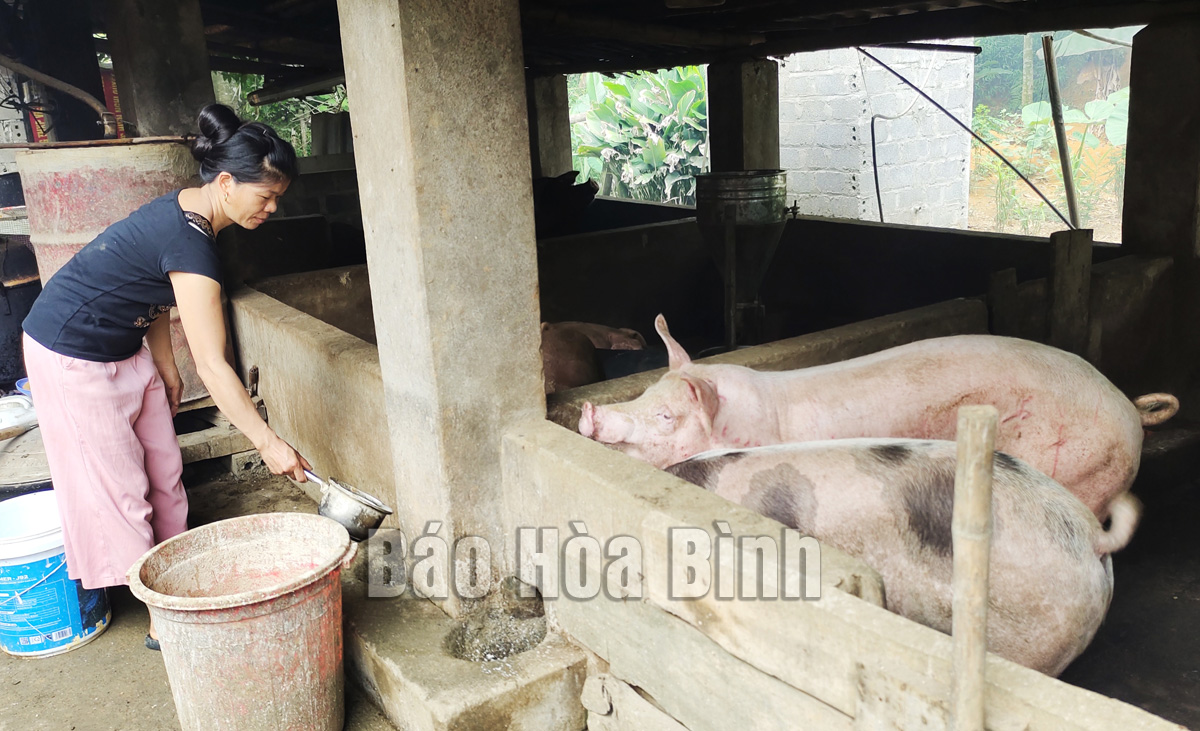



The complexities of COVID-19 resulted in a plunge in the prices of farming products. In August, the prices of poultry slipped by 26 percent, and pork 11 percent compared to the previous month.
On the contrary, the prices of animal feed surged in the period, caused huge losses for local families. As a result, many of them had to reduce the cost by cutting down on instant animal feed and using available sources at the locality instead.
Lac Thuy holds strength in poultry farming. According to the district’s agriculture and rural development office, it boasts about 900,000 fowls, a decline by 200,000 compared to last year.
Hoang Dinh Chinh, deputy head of the office, said that despite COVID-19 impacts, the prices of Lac Thuy chicken remain stable at 130,000 VND (5.71 USD) per kg and of those kept in cages at 90,000 VND per kg
Amid the complexities of COVID-19 in the past two years, farmers have become more cautious. Lac Thuy chicken sees balance in supply and demand so fowls are sold smoothly.
In addition to farmers’ experience, local authorities and relevant agencies have an important role to play. Lac Thuy, over the years, has focused on building five trademarks and 10 products in the "One Commune, One Product” programme.
In the context of COVID-19, the district has rolled out sale solutions, offering four products including Bong Bong custard apple, Boi river tea, red-flesh dragon fruit and Ngoc Han chicken egg on Postmart.vn e-commerce market of the Vietnam Post.
Lac Thuy has introduced effective measures to address difficulties caused by the ongoing COVID-19 given that the pandemic remains complicated and delivers blow to local breeders. Along with temporary measures, farmers need to stay updated of market developments so as to sustain and develop production./.